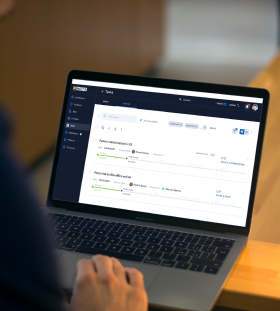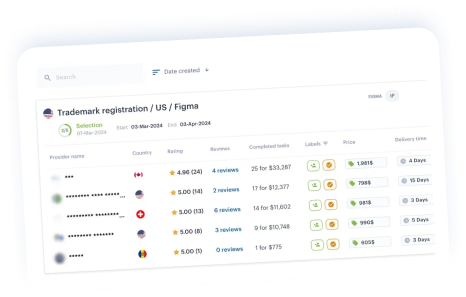Respuesta a la acción de la Oficina de Patentes
Durante el examen, usted puede recibir una Acción de Oficina que puede incluir requisitos u objeciones. No es un problema. El abogado analizará esto, ideará una estrategia y preparará una respuesta.



Durante el examen, usted puede recibir una Acción de Oficina que puede incluir requisitos u objeciones. No es un problema. El abogado analizará esto, ideará una estrategia y preparará una respuesta.







-
Un asistente de IP impulsado por IA que lo ayuda a crear una tarea detallada en cuestión de minutos.
-
Selección del agente de patentes local más adecuado en función de criterios específicos.
-
Análisis de acciones de oficina, desarrollo de estrategia de respuesta, preparación y presentación realizada por un abogado.
-
Monitorización y reporte online en la plataforma durante todo el proceso.

-

Más de 800 despachos de abogados especializados en propiedad intelectual de más de 150 países, clasificaciones y reseñas
-

Un asistente de propiedad intelectual impulsado por IA que ayuda a crear tareas y encontrar abogados relevantes
-

Tarifas fijas, pagos online seguros y rápidos con resultados garantizados
-

Acceso 24/7 al proceso de registro y almacenamiento de datos en línea para todos sus casos
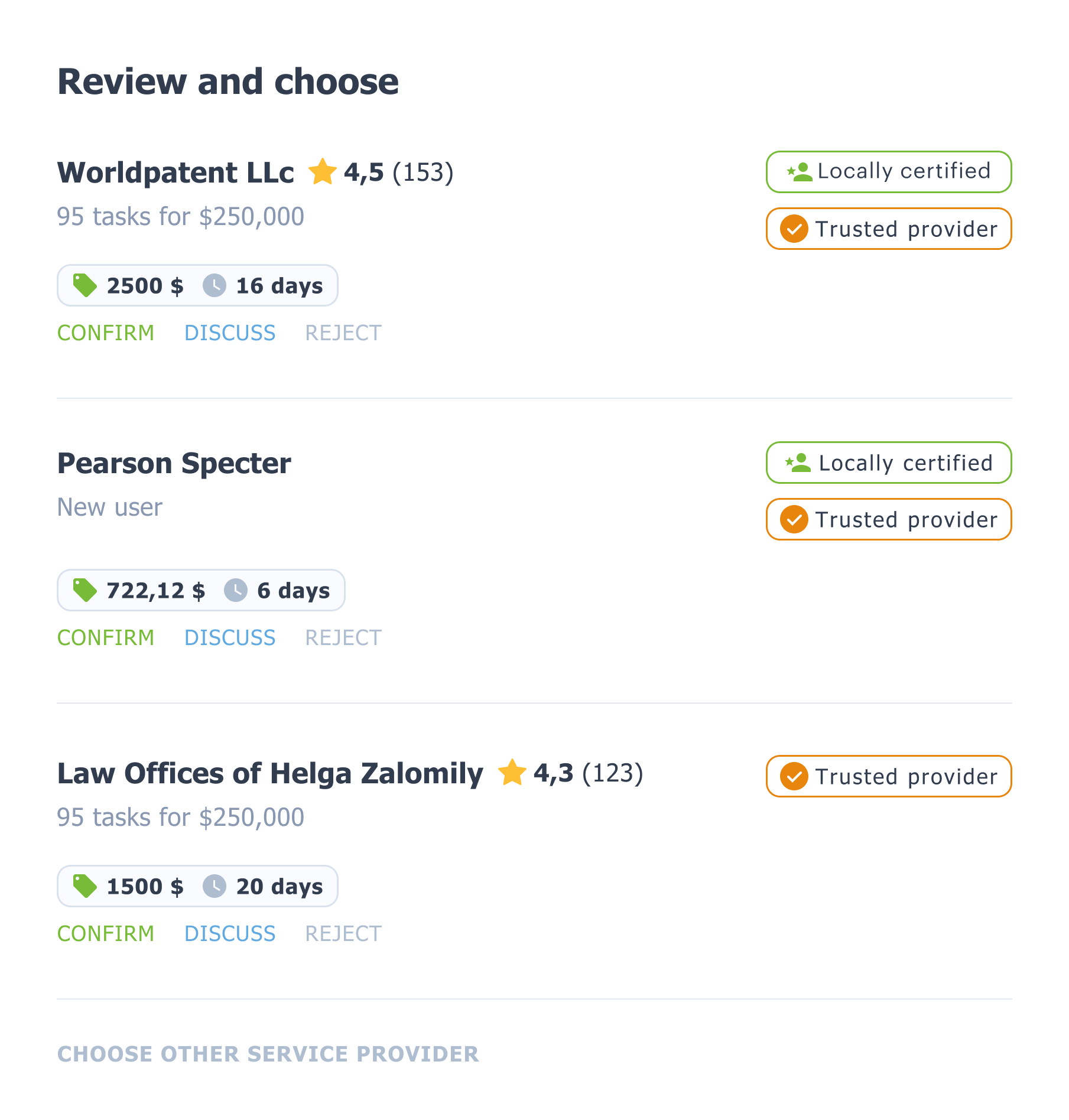







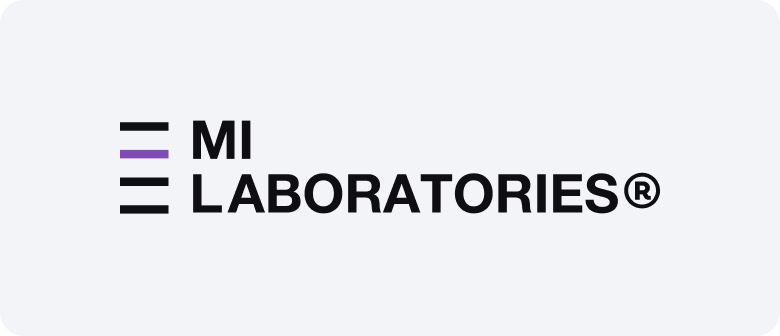

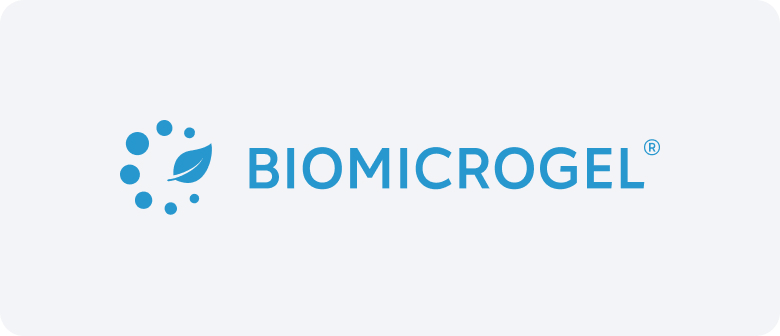
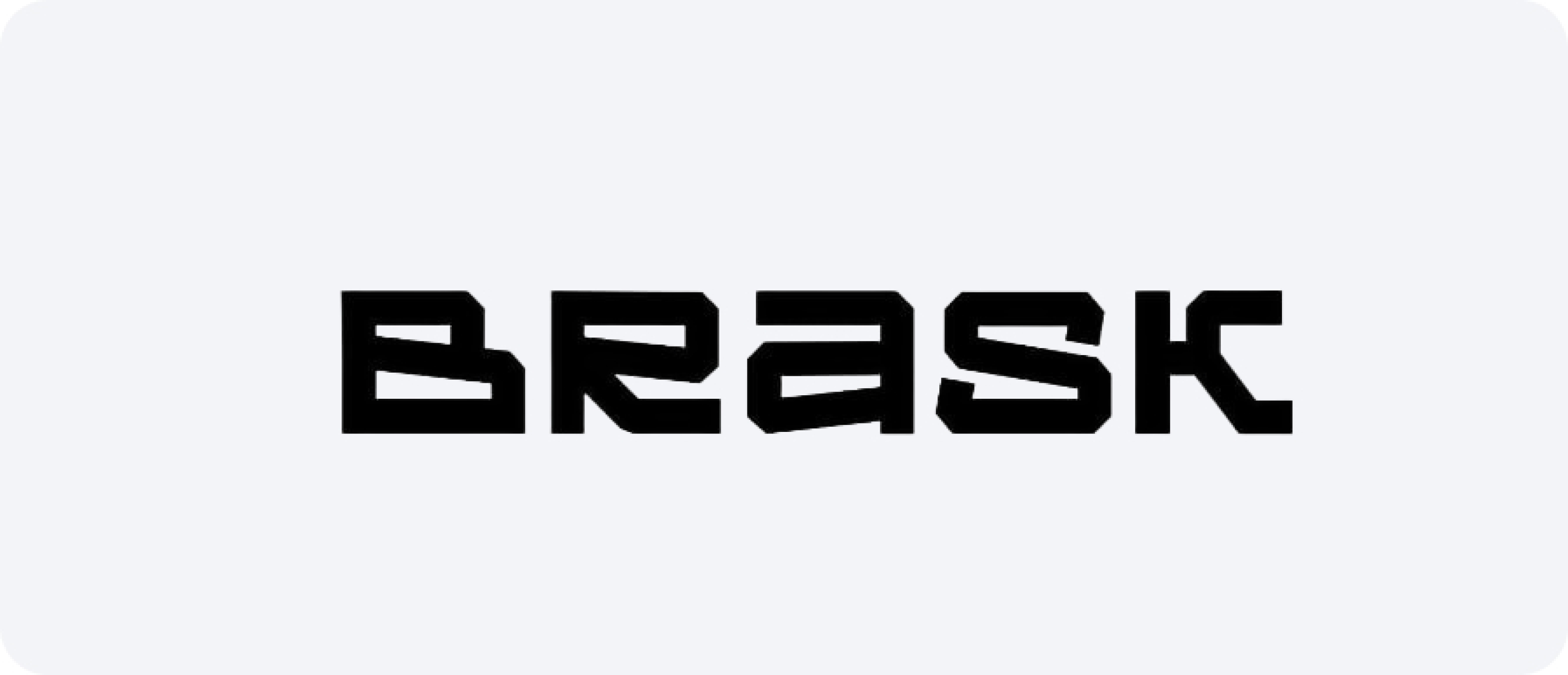




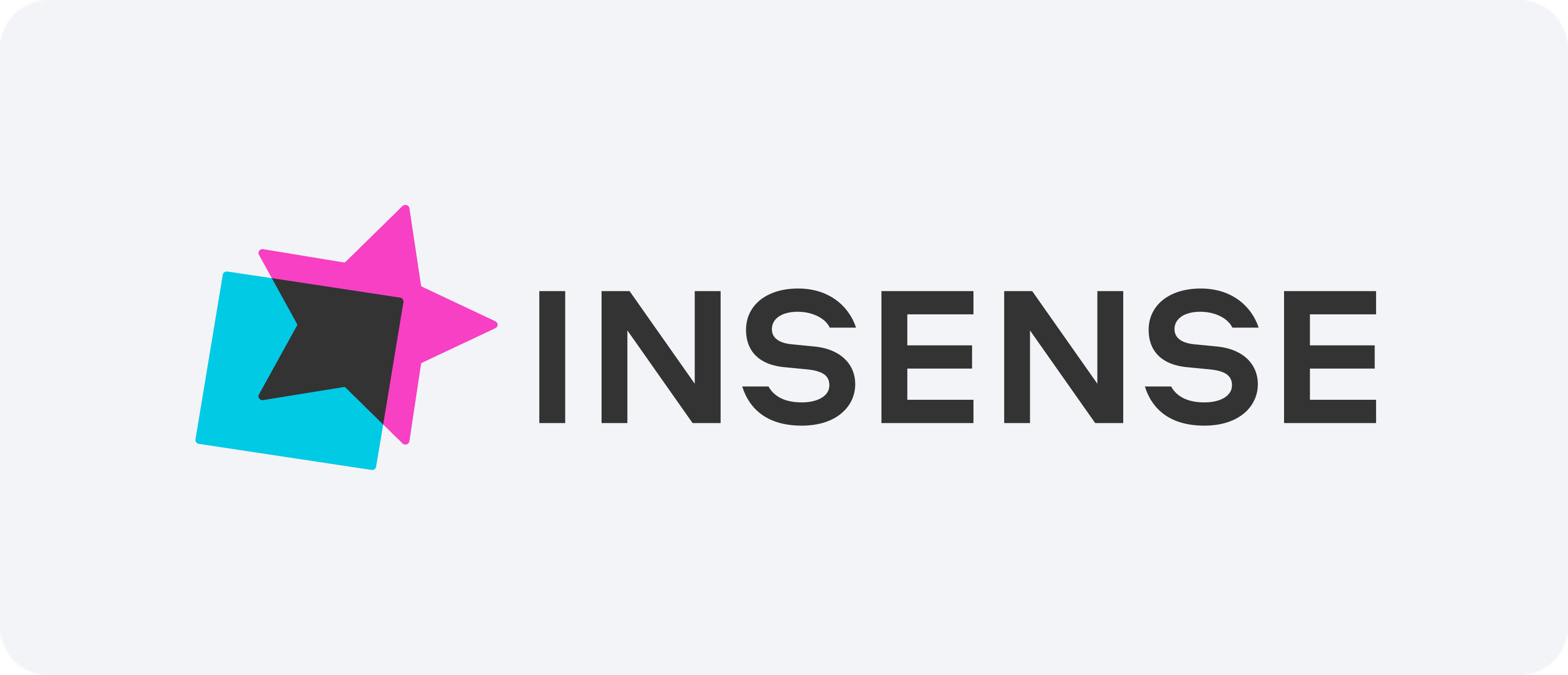

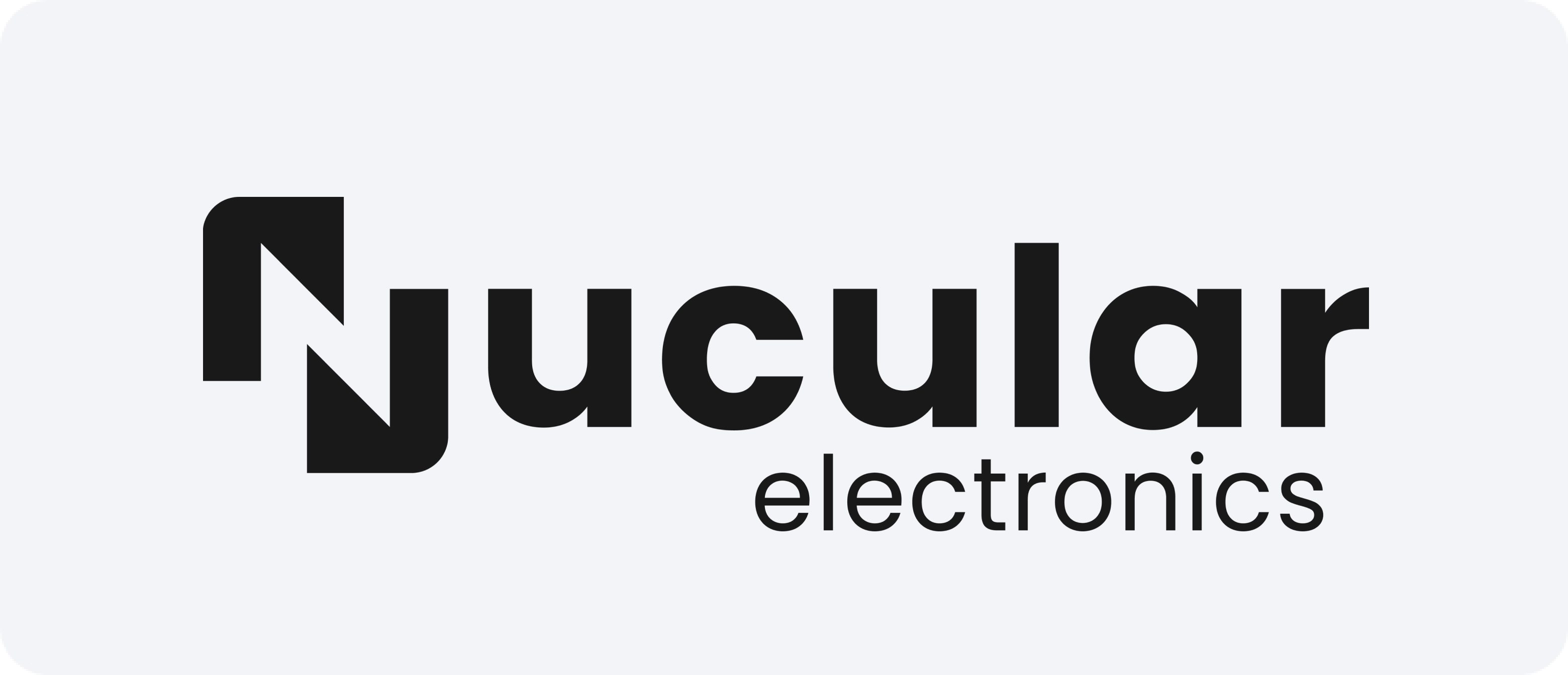






















Respuestas a las acciones de la Oficina: Estrategias eficaces para la tramitación de patentes en todo el mundo
Al garantizar la protección de las innovaciones a nivel mundial, los inventores y las empresas a menudo se enfrentan a la crucial tarea de redactar respuestas a las acciones de la oficina. Estos documentos desempeñan un papel vital en el proceso de tramitación, determinando el destino de las solicitudes en diferentes jurisdicciones. Cada autoridad de patentes tiene su propio enfoque para evaluar las reivindicaciones, y comprender cómo responder eficazmente a las objeciones o rechazos es esencial para el éxito en todo el mundo.
Una reacción bien preparada ante una notificación de examen puede mejorar significativamente las posibilidades de concesión de una invención. Ya sea que la objeción se relacione con la novedad, la actividad inventiva, la claridad o cuestiones formales, contar con una estrategia sólida y adaptada a la jurisdicción ayuda a evitar retrasos y costos innecesarios. Debido a la diversidad de normas y prácticas de examen, responder correctamente requiere experiencia, conocimientos técnicos y familiaridad con los procedimientos globales.
Elementos clave para una respuesta exitosa
Los solicitantes deben analizar cuidadosamente las objeciones del examinador y elaborar una respuesta que cumpla con los requisitos legales y técnicos. De no hacerlo, la solicitud podría ser rechazada o abandonada.
Algunas cuestiones comunes planteadas en las notificaciones de exámenes incluyen:
- Falta de novedad o actividad inventiva
- Ambigüedad o indefinición en las reivindicaciones
- Divulgación insuficiente en la especificación
- Deficiencias formales o de procedimiento
Cada tipo de objeción requiere un enfoque específico. Un procedimiento eficaz de notificación de examen debe abordar las preocupaciones del examinador de forma clara, concisa y convincente. Los argumentos deben estar respaldados con pruebas, las enmiendas deben ser precisas y cualquier cambio en las reivindicaciones debe cumplir con la legislación local.
Cómo navegar por el procedimiento de avisos de exámenes en todo el mundo
Los procedimientos para la tramitación de notificaciones de examen varían considerablemente de un país a otro. Si bien el objetivo sigue siendo el mismo —obtener una patente concedida—, el camino para lograrlo depende en gran medida de las normas de la autoridad local. A continuación, se detallan las diferencias habituales entre las jurisdicciones a nivel mundial en la gestión de las notificaciones:
- Estados UnidosLa USPTO permite argumentaciones detalladas y modificaciones de reivindicaciones. Se aplican plazos estrictos.
- Europa:La EPO sigue un proceso de examen estructurado, con especial énfasis en la claridad y el apoyo en la descripción.
- Japón:El JPO se centra en explicaciones técnicas detalladas, que a menudo requieren una comprensión profunda de conceptos científicos o de ingeniería.
- Porcelana:La CNIPA prioriza la eficiencia pero exige un estricto cumplimiento de la formalidad y los procedimientos.
- India:El procedimiento aquí requiere atención a los pasos inventivos y a las interpretaciones legales locales.
Las respuestas oportunas y precisas ayudan a mantener el ritmo del proceso. Incumplir los plazos o presentar argumentos deficientes puede tener consecuencias significativas. Por lo tanto, es fundamental contar con profesionales con experiencia en procesos judiciales internacionales.
Pasos a seguir al preparar una respuesta a una acción de oficina
A continuación se presenta una lista de verificación de acciones que ayudan a agilizar el proceso y mejorar el éxito:
- Revise cuidadosamente la notificación del examen para comprender el alcance de las objeciones del examinador.
- Prepare un borrador que aborde cada punto de manera lógica y exhaustiva.
- Analizar el alcance del reclamo y decidir si son necesarias modificaciones para superar los rechazos.
- Utilice documentos de soporte técnico o dibujos para aclarar reclamaciones o mejorar la comprensión.
- Consulte con asociados extranjeros si presenta su solicitud en jurisdicciones desconocidas.
- Realizar un seguimiento de los plazos y requisitos de procedimiento, que pueden variar significativamente entre países.
- Presentar la reacción a la notificación del examen en tiempo oportuno para evitar prórrogas o abandono.
Conclusión
Responder eficazmente a las notificaciones de examen es un componente fundamental de la estrategia internacional. Cada paso requiere una revisión minuciosa, conocimiento técnico y procedimental. Al desarrollar una estrategia sólida de Acceso Abierto (OA), los inventores y las empresas pueden maximizar el valor de sus innovaciones y obtener protección a nivel mundial.
Dominar el arte de reaccionar ante las invenciones puede convertir las objeciones en oportunidades. Ya sea ante la USPTO, la EPO, la JPO o cualquier otra autoridad nacional, contar con una estrategia estructurada e informada garantiza una tramitación más fluida y activos de PI más sólidos a nivel internacional.
